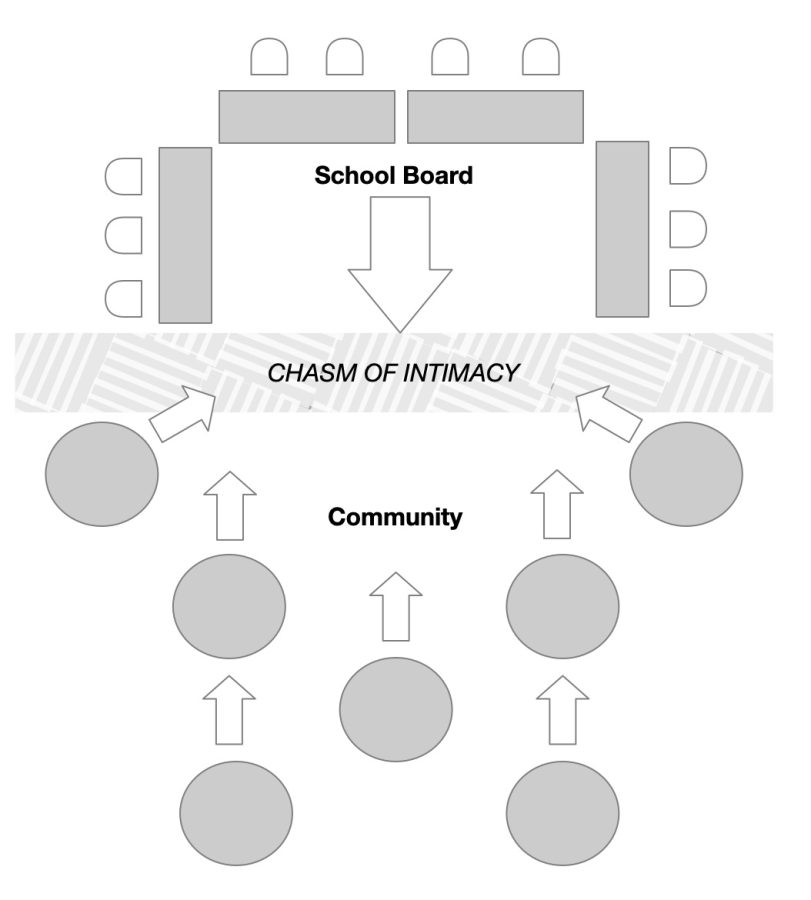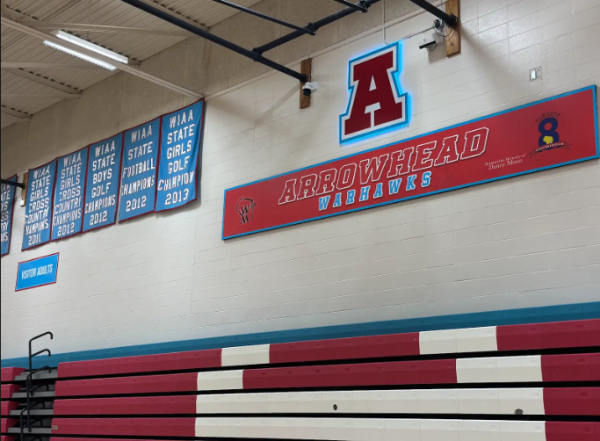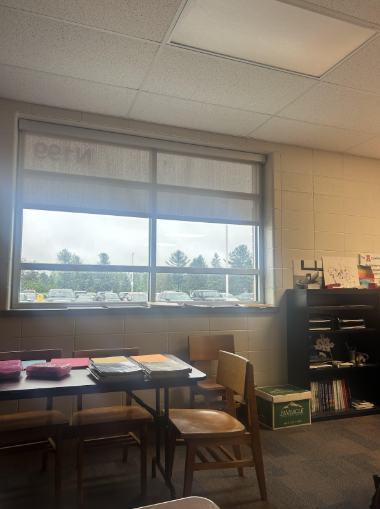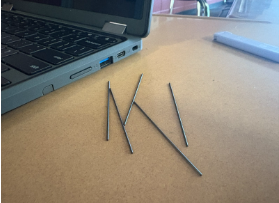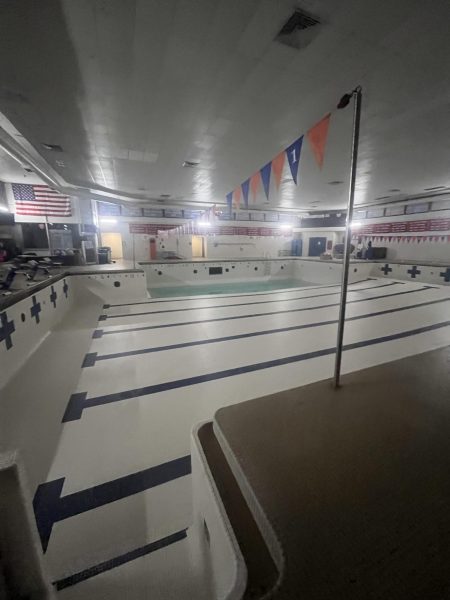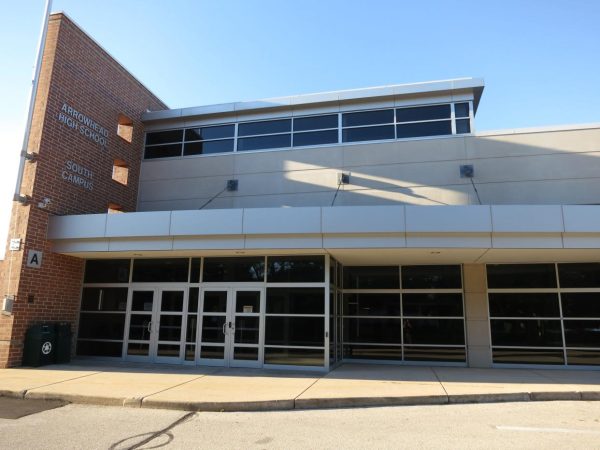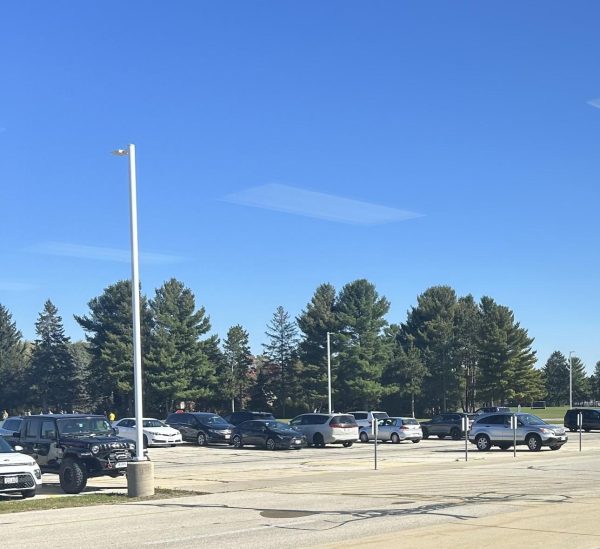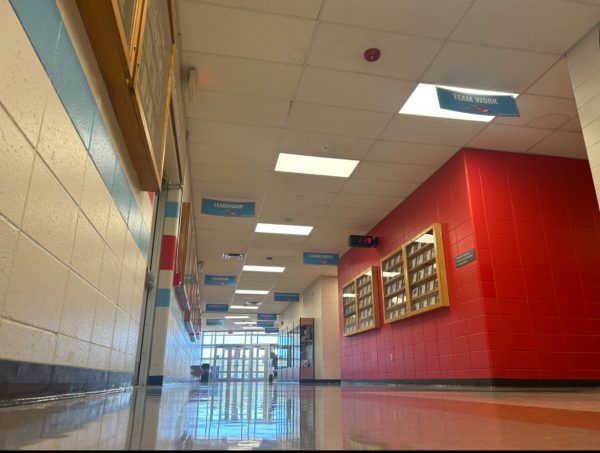Parent John Norcross attends CC with the Board
On January 31, from seven to nine in the evening, Arrowhead High School’s school board hosted a “Community Conversation.” No agenda or topic for the evening was set; rather, it was an opportunity for members of the public to bring attention to topics of interest to them and converse with board members.
In a typical school board meeting, the board listens to attendees’ ideas but does not converse with them.
Tensions at school board meetings rose after the October 20 meeting in which “they introduced topics relating to gender-neutral bathrooms and students’ pronouns” (see Duchac, Treml, and Augustin Jardon’s article here).
John Norcross, a father to two Arrowhead students, has attended most board meetings even before the controversy began, and attended this conversation as well. He says he thinks “that the intent was good and effort worthy and it did make for a different conversation.”
Norcros said the conversation included the following: communication protocols surrounding email responses, ventilation issues at the pool, talent in the teaching staff, budget challenges due to declining enrollment, a suggested forum before every board meeting (following a similar format to the community conversation), and bullying.
Norcross has three suggestions for any future fora that may follow this format, and are as follows.
First, Norcross describes the layout of the meeting room as having a “chasm of intimacy” (see his diagram above). He says he joked that he had to shout across this “chasm of intimacy” to make sure the board members could hear his comments and questions over the space between them.
“What I was referring to was the fact that the room layout determined the conversation (to paraphrase Winston Churchill), ‘We shape our room layouts and thereafter our room layouts shape us,” says Norcross. He also says the “room layout reinforced a separation of groups into ‘board members’ and ‘community.'”
Second, Norcross says that it would have been beneficial to have communication between board members, and between community members. He says that some of his most noteworthy conversations of the evening were not with board members, but with fellow community members. He believes community members would have benefited from conversing with one another, and board members would have benefited from conversing with one another.
Referring to the same diagram above, Norcross suggests more “horizontal” communication rather than “vertical.”
Third, Norcross expresses concern with community members giving the impression that they are speaking “for the community.”
“Someone says, ‘we the parents are concerned about CRT,’ when they don’t speak for all the parents. It’s the same with pandemic measures, curriculum transparency and even isolated issues…more than a few parents thought ‘Hey! You aren’t speaking for me,'” says Norcross.
Norcross asked the board members what motivated them to serve on the school board. He did not report their answers, but says they answered adequately.
Minutes and a video recording of this event have not been posted.
